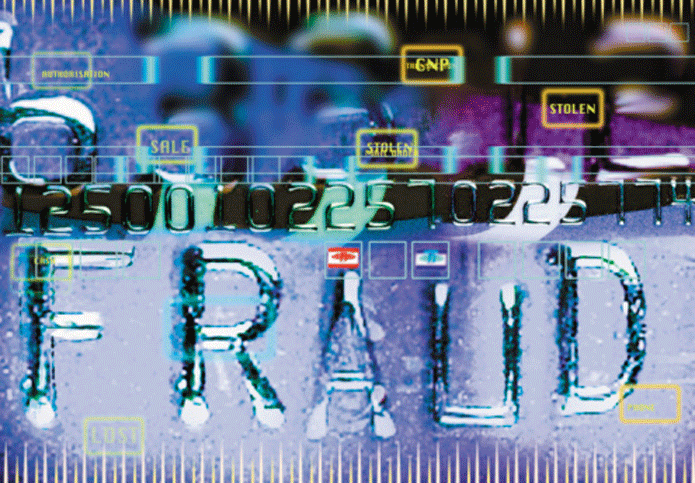Fraud Touches
Many Businesses

 A
new survey says that global business fraud is up, despite a decline in
fraud among U.S. businesses. Enforcement remains a priority worldwide. A
new survey says that global business fraud is up, despite a decline in
fraud among U.S. businesses. Enforcement remains a priority worldwide.
“The majority of executives believe
their boards are not sufficiently prepared to deal with the new risks
related to fraud and corruption as companies return to growth,”
reveals Ernst & Young in their 11th Global Fraud Survey, ‘Driving
Ethical Growth – New Markets, New Challenges.’
Issued last month by E & Y’s Fraud
Investigation & Dispute Services, the report notes:
“In addition, more than three-quarters
of executives believe their boards are increasingly concerned about their
personal liability from fraud, bribery and corruption.”
Ernst & Young’s biennial survey,
which includes responses from more than 1,400 CFOs and heads of internal
audit, legal and compliance in major corporations in 36 countries, states
that from a global perspective, corporate boards in Latin America (95%),
the Middle East and Africa (87%), Central and Eastern Europe (84%) and
Australia (81%) are particularly concerned about their personal liability
for the companies’ fraud, bribery or corruption.
While 72% of directors in North America
are concerned about these risks, the survey reveals that U.S. boards are
asking more questions about bribery and fraud than their global counterparts.
“We found that U.S. companies are
asking the CFO for reviews of anti-fraud, bribery and corruption at a
much higher rate than in other regions,” said Jeff Taylor, America’s
Leader of Ernst & Young’s Fraud Investigation & Dispute
Services.
“At the same time, we also saw that,
even as incidents of fraud have risen globally in the past year, they
have dropped in the United States.
“These requests are being taken seriously
as personal liability, not just the potential financial impact to the
company, has become a great concern among senior level executives when
it comes to instances of fraud.”
Ernst & Young says that globally, 16%
of companies report experiencing an instance of fraud over the past two
years.
“In the U.S., however, only 9% of
companies report experiencing an instance of fraud—a decline from
15% in the U.S. two years ago.
Western Europe is one region where a growing
number of companies have experienced an instance of fraud– rising
to 21% from 10%.
This difference may be attributed to the
fact that U.S. companies are more diligent about assessing risk than their
global counterparts—82% of U.S. corporations say they have carried
out a fraud risk assessment in the last 12 months, compared to only two-thirds
of companies globally.
“As companies emerge from the downturn,
many are looking for new ways to grow, focusing on emerging markets around
the world.
“These efforts, however, can expose
companies to numerous new risks, particularly corruption issues resulting
from overseas acquisitions.”
Ernst & Young advises:
“To minimize such risks during expansion,
businesses should conduct thorough, focused pre-acquisition due diligence
activities.”
According to the survey, U.S. companies
were among the most thorough, while 30% of respondents globally say they
rarely or never conduct such procedures. The figures for post-acquisition
due diligence raise even greater concerns, with 42% of respondents admitting
that they rarely or never conducted such procedures.
“Our survey shows that U.S. companies
are among the most rigorous when it comes to conducting due diligence,
an essential step in reducing the risk of successor liability.
“This most likely stems from the strong
enforcement activities and messages being delivered by U.S. regulators
and enforcement agencies,” adds Taylor. “However, as U.S.
companies expand into new markets, to improve performance and remain strong
in the new economy they must remain vigilant in their due diligence and
reporting efforts during all merger, acquisition and expansion opportunities.”
Looking forward, Ernst & Young reports
that “more than half of the North American compliance officers see
data security as the most significant compliance concern in the next 18
months, followed by concerns over unethical business conduct and health
and safety.
“In addition, nearly half of the legal
departments in North America are concerned about the high price of e-mail
review.
“In response, 61% have implemented
a records management program or plans designed to reduce the cost of future
e-mail reviews—almost twice that of any other region.”
Geoffrey/Flossie
|




